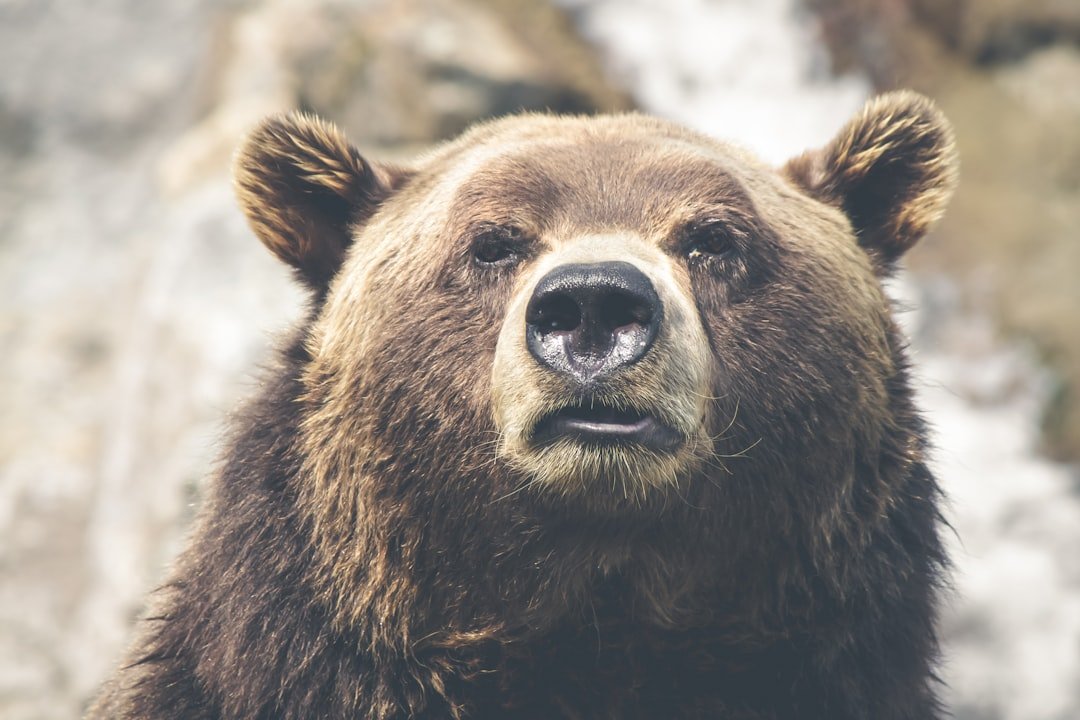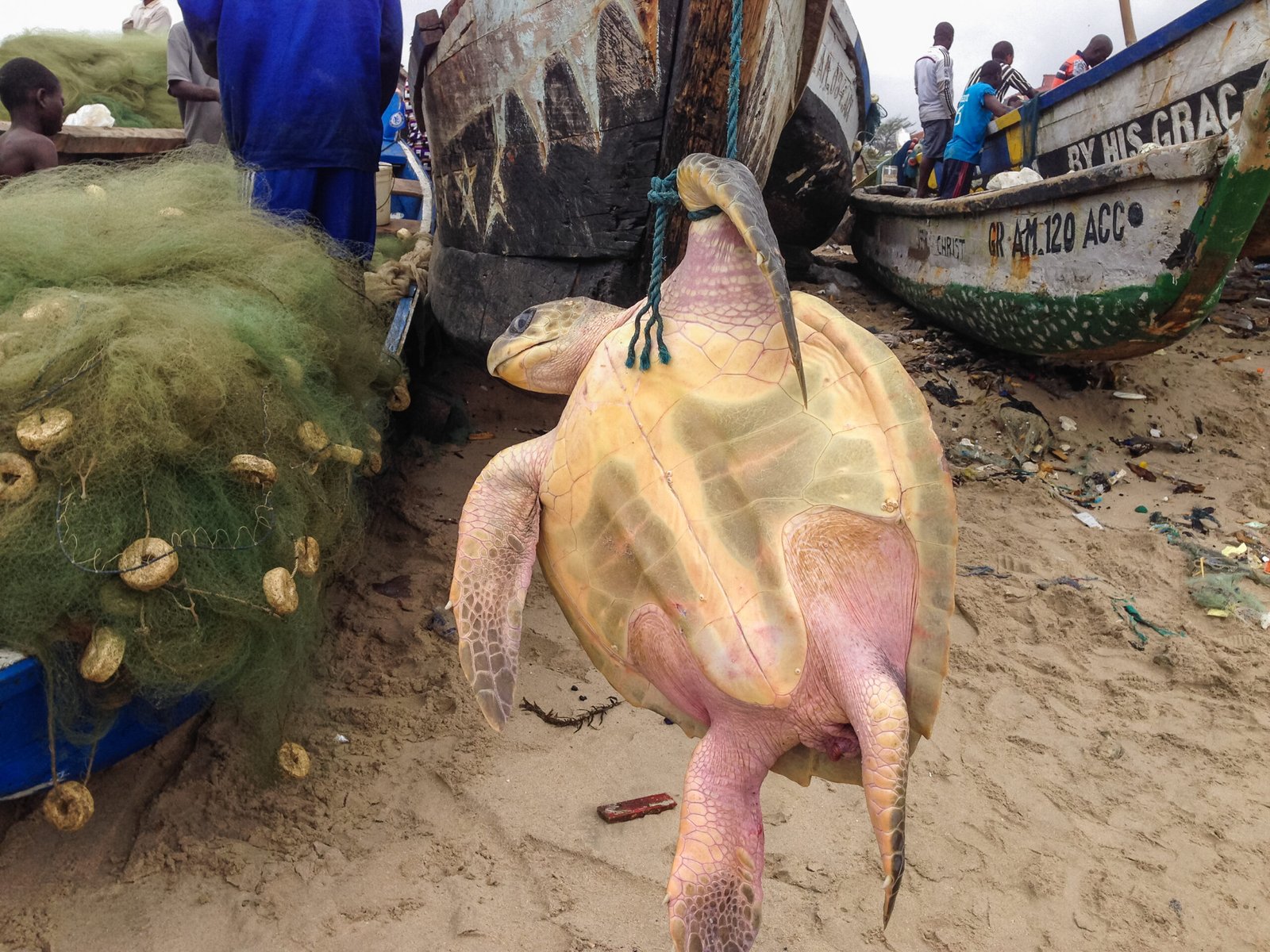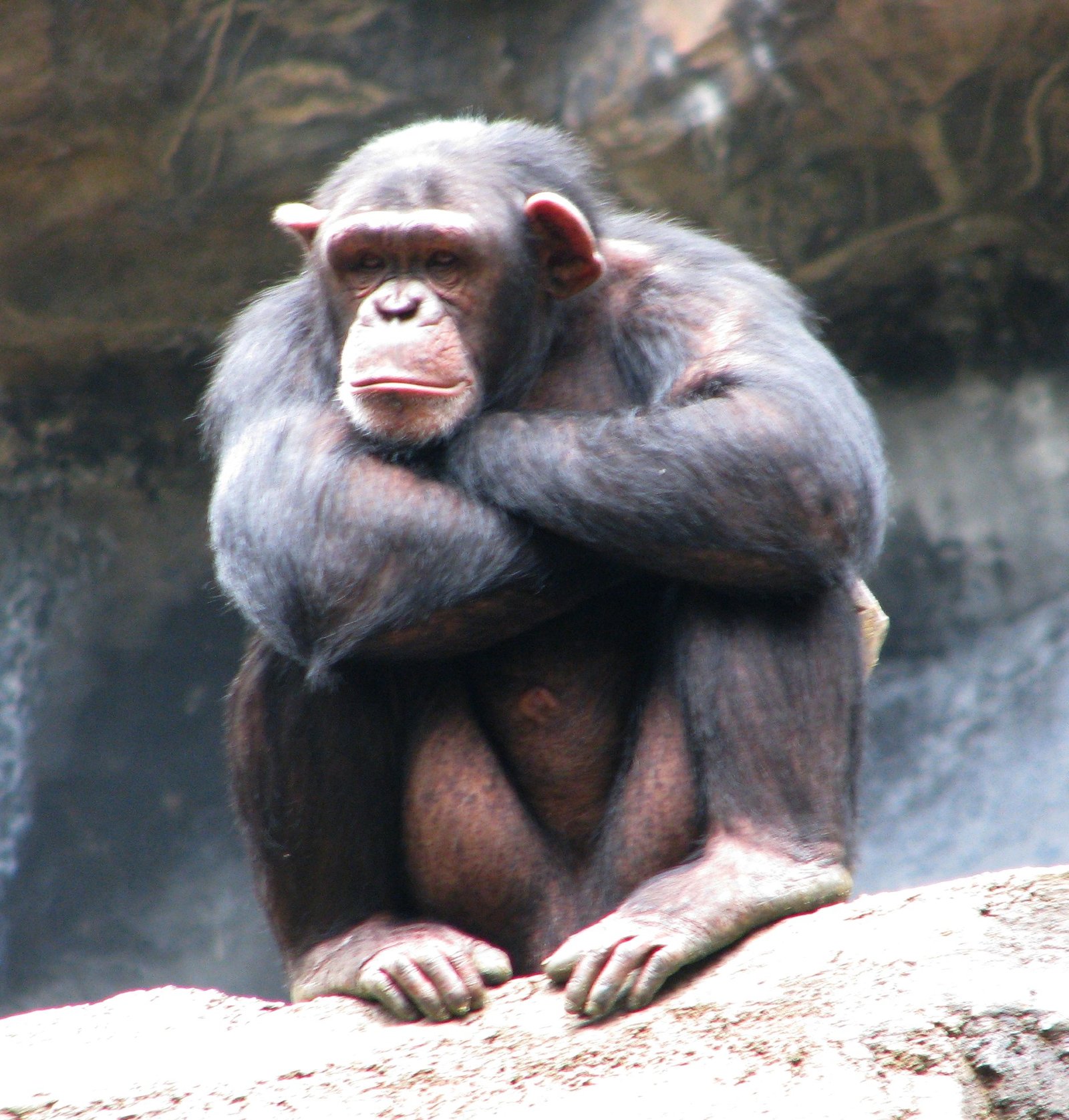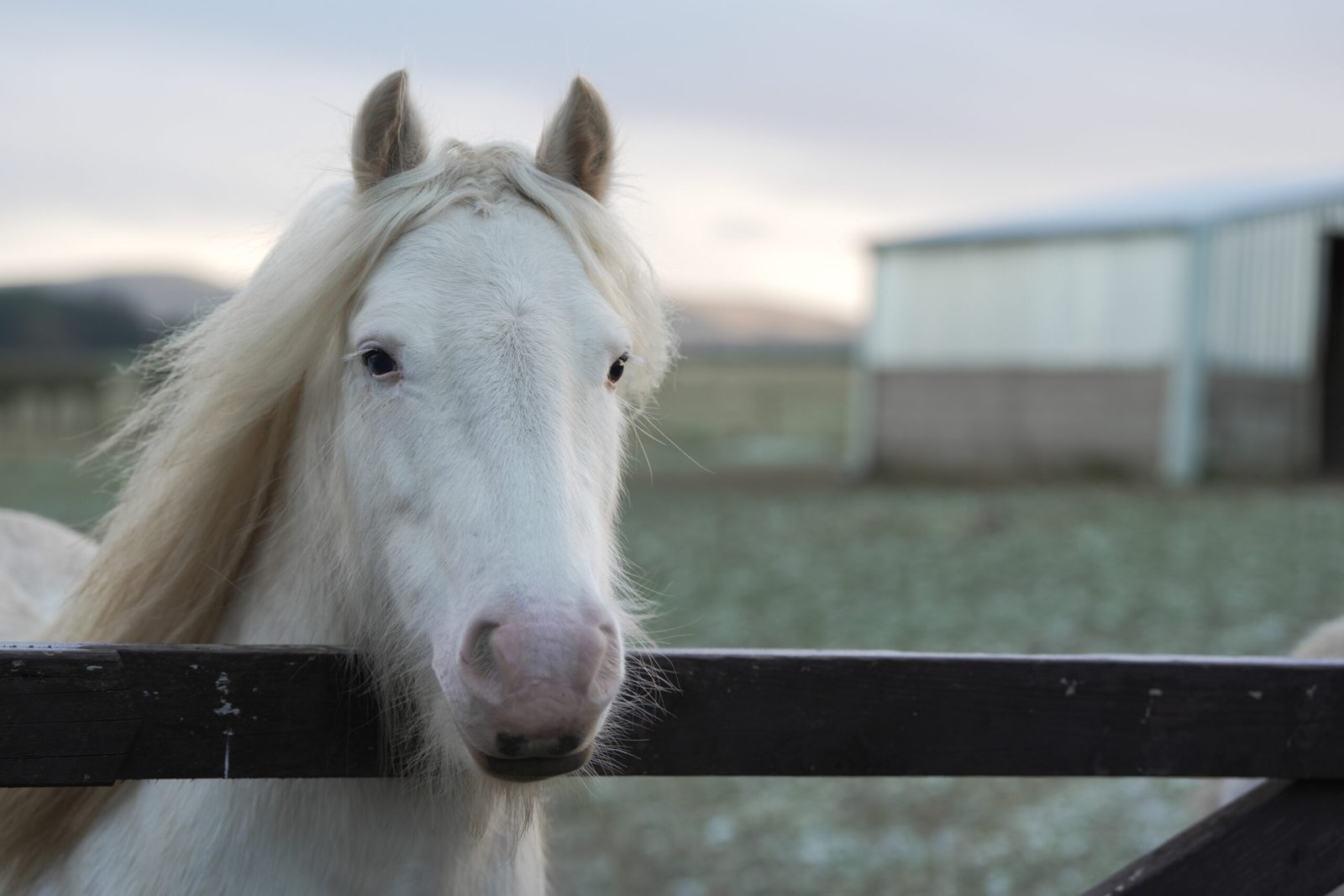Imagine a world where every silent scream, every quiet whimper, and every subtle flinch is invisible to the naked eye. Animals move through our world with stories of pain and suffering that often slip beneath our radar, hidden behind instinct, biology, and the limits of our understanding. What if the greatest mysteries of animal experience lie not in how they live, but in how they hurt? The journey into animal pain opens a door to empathy, science, and awe—a window into the invisible spectrum of suffering that shapes every living creature’s journey on Earth.
The Challenge of Detecting Animal Pain
Pain in animals is both universal and elusive. Unlike humans, animals cannot describe their discomfort with words, leaving us to read between the lines of their behavior. A limping dog or a cat hiding under the bed may be obvious signals, but many animals mask their pain to avoid appearing vulnerable to predators. This instinctive stoicism creates a profound challenge for veterinarians, researchers, and caretakers. Understanding the signs requires sharp observation, patience, and sometimes a bit of intuition. It’s a daily reminder that the animal world is filled with silent struggles we may never fully see.
Evolution’s Role: Why Animals Hide Their Suffering

The animal kingdom is a place where weakness can mean the difference between life and death. For prey animals, showing pain can attract the attention of predators, while for social creatures, it might lead to exclusion from the group. This evolutionary drive to conceal pain means that suffering often goes unnoticed until it’s too late. Even in our homes, pets may bravely endure discomfort without complaint, confusing their human companions. Evolution has shaped not only how animals experience pain, but also how they express—or suppress—it, making our job as caretakers all the more difficult.
The Science of Pain: How Animals Feel

Scientists once debated whether animals truly felt pain or simply reacted to harmful stimuli as a reflex. Today, research has revealed that many animals possess complex nervous systems and brain structures similar to our own, capable of processing pain signals. For example, mammals and birds have nociceptors—specialized nerve cells that detect damage and send pain messages to the brain. Even fish and some invertebrates show behaviors that suggest awareness of pain. These findings challenge us to look past our assumptions and recognize the rich inner lives of animals, where suffering is as real as it is for us.
Non-Verbal Clues: Decoding the Language of Pain
Without words, animals rely on body language, changes in routine, and subtle vocalizations to signal distress. A horse might shift its weight to avoid putting pressure on a sore leg, while a rabbit could become unusually quiet and withdrawn. Some species, like elephants, have been observed comforting each other in times of pain, hinting at deep social bonds and empathy. Caretakers must become fluent in this silent language, watching for changes in appetite, grooming habits, or movement. Every flick of a tail or hesitation in a step tells part of the story.
Ethical Questions: Our Responsibility to Relieve Animal Suffering
When it comes to animal pain, ethical dilemmas abound. Should we treat all suffering equally, from a beloved dog to a laboratory mouse or a farmed chicken? The law often draws lines that feel arbitrary, granting more protection to some animals than others. As our understanding of animal pain deepens, these boundaries become increasingly blurry. The question of how much suffering we allow—and for what reasons—demands reflection not just from scientists, but from society as a whole. Compassion becomes more than a feeling; it’s a responsibility.
Real-World Examples: Animal Pain in Daily Life
Everyday encounters with animals—at home, in zoos, or on farms—offer countless examples of pain and resilience. A street cat limps away from danger, an elephant in captivity sways with anxiety, and a dairy cow quietly endures lameness. These stories aren’t just statistics; they are real lives, shaped by forces both natural and human-made. Advances in veterinary medicine now allow us to treat pain more effectively, but countless animals still suffer in silence. Their experiences remind us that the spectrum of suffering is vast and often unnoticed.
Pain in the Wild: Natural Suffering versus Human Impact

Wild animals face injuries, diseases, and predation as part of their daily struggle for survival. Nature’s hardships are harsh, but human activities—from habitat destruction to climate change—often add new layers of suffering. Oil spills, plastic pollution, and deforestation force animals into dangerous situations, increasing the risk of pain and death. While nature is not always kind, our actions can make things worse or better. Recognizing animal suffering in the wild is the first step toward more compassionate conservation efforts.
Technological Advances: Tools for Detecting Pain

Modern science offers new hope for uncovering hidden suffering. Advanced imaging techniques like MRI and thermal cameras can reveal inflammation or injury invisible to the eye. Wearable sensors monitor an animal’s movement and heart rate, flagging early signs of distress. Computer algorithms now analyze subtle changes in facial expressions, helping researchers detect pain even in animals that are masters of disguise. These technologies are revolutionizing animal care, allowing for earlier intervention and better outcomes.
Beyond Mammals: Pain in Birds, Fish, and Invertebrates
While dogs and cats often steal the spotlight, pain is not limited to mammals. Birds like parrots and chickens display clear responses to injury or illness, sometimes plucking their own feathers in distress. Fish, long underestimated, show signs of pain when injured, altering their behavior and even learning to avoid harmful situations. Some invertebrates, like octopuses and crabs, also respond to pain in surprisingly complex ways. Expanding our circle of empathy means recognizing suffering wherever it appears, regardless of species.
The Emotional Toll: Empathy and Compassion Fatigue
Witnessing animal suffering can take a real emotional toll on those who care. Veterinarians, animal rescue workers, and even pet owners sometimes experience compassion fatigue—a deep, exhausting sorrow from seeing too much pain. This emotional cost is a testament to the power of empathy, but it also highlights the need for support and understanding. Caring for animals means carrying their invisible burdens, but it also brings moments of hope, healing, and connection that make the journey worthwhile.
The Future of Animal Welfare: Toward a More Compassionate World
Understanding the invisible spectrum of animal suffering is just the beginning. As science uncovers new insights into how animals experience pain, our obligations grow clearer. Laws and policies are slowly evolving, and public awareness is on the rise. Each step forward is a chance to build a world where suffering is seen, not ignored—where every creature’s pain matters. The path is challenging, but every act of compassion brings us closer to a world where all lives are valued.
In the end, the invisible spectrum of animal suffering isn’t just about pain—it’s about our willingness to see, to care, and to act. How will you respond to the silent stories unfolding all around you?



